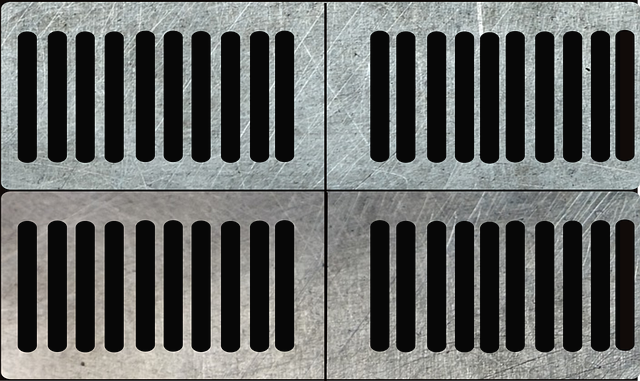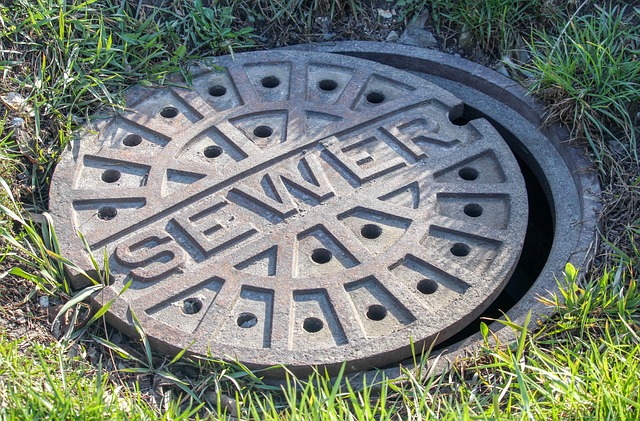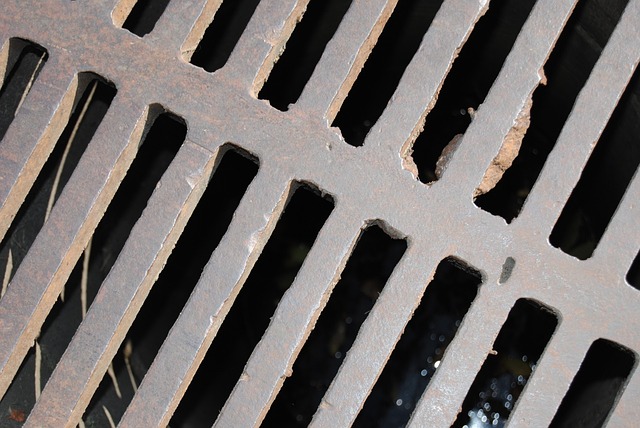The text highlights the urgent need for sustainable sewer line replacement methods due to the significant environmental and community impacts of traditional techniques. It emphasizes the challenges posed by invasive excavation, carbon emissions, pollution, and soil disruption, while introducing eco-conscious alternatives like high-density polyethene (HDPE) pipes and trenchless technology. These innovations, including relining and pipe bursting, minimize excavation, preserve ecosystems, reduce carbon footprints, and offer cost-effective solutions. With the growing strain on urban infrastructure from climate change, these advancements in sewer line replacement are crucial for a greener future that balances functionality with environmental stewardship.
The traditional method of sewer line maintenance, while effective, presents significant environmental challenges due to the use of non-biodegradable materials and energy-intensive processes. As the demand for sustainable urban development grows, exploring eco-friendly Sewer Line Replacement solutions becomes imperative. This article delves into innovative technologies and materials that offer a greener path forward. We examine advanced techniques, from sustainable pipe materials to installation methods, aiming to minimize environmental impact without compromising durability. By adopting these practices, communities can achieve long-term savings, promote biodiversity, and contribute to a more sustainable future for urban infrastructure.
# Eco-Friendly Sewer Line Replacement: Sustainable Solutions for a Greener Future

The traditional method of sewer line replacement often involves invasive excavation, causing significant environmental disruption. This process not only leads to extensive damage to landscapes but also contributes to carbon emissions and pollution if not managed properly. As a result, there is a growing demand for eco-friendly alternatives that offer sustainable solutions without compromising the health of our planet. Fortunately, innovative technologies have emerged, revolutionizing how we address sewer line issues.
Eco-conscious approaches to sewer line replacement prioritize minimizing environmental impact while ensuring long-lasting repairs. One such method utilizes advanced materials like high-density polyethene (HDPE) pipes, which are lightweight, durable, and fully recyclable. These pipes can be installed with less excavation, reducing soil disturbance and preserving ecosystems. Additionally, the use of trenchless technology, such as relining and pipe bursting, eliminates the need for extensive digging, further safeguarding nearby water sources and habitats from potential contamination.
<section id="the-current-state-of-traditional-sewer-line-maintenance“>
The Current State of Traditional Sewer Line Maintenance

The current approach to sewer line maintenance often involves traditional methods that can be both costly and environmentally harmful. Traditional sewer line replacement, typically undertaken when a line becomes severely damaged or clogged, is a significant undertaking. This process usually includes digging up large sections of the ground to access and replace the affected pipes. Not only is this disruptive to nearby communities and infrastructure, but it also contributes to environmental degradation due to heavy machinery usage and potential soil contamination.
Furthermore, conventional replacement methods often lack sustainable considerations. The production and transportation of new pipes can result in substantial carbon emissions, while the disposal of old pipes adds to the growing waste problem. As urban areas continue to expand, the demand for efficient and eco-friendly sewer line solutions becomes increasingly pressing, prompting a need for innovative alternatives that balance functionality with environmental stewardship.
– Exploring the limitations and environmental impacts of conventional methods.

The traditional method of sewer line replacement, often involving excavation and the installation of new pipes, presents several environmental challenges. This process can lead to significant habitat disruption, soil erosion, and increased greenhouse gas emissions due to the energy-intensive nature of heavy machinery and transportation. Moreover, large-scale excavation projects are costly and time-consuming, causing potential traffic disruptions and community inconveniences.
Conventional sewer line replacement also raises concerns about water pollution and biodiversity loss in vulnerable ecosystems. The construction process can introduce chemicals and sediment into nearby water bodies, impacting aquatic life and overall ecosystem health. Additionally, the removal of existing infrastructure without proper recycling or disposal methods contributes to a growing waste problem. These limitations highlight the urgent need for eco-friendly alternatives that minimize environmental footprints while ensuring effective sewer line maintenance and replacement.
– Highlighting the growing need for more sustainable alternatives.

The traditional sewer line replacement method, often involving invasive excavation and damaging infrastructure, is increasingly being called into question due to its environmental impact. With growing awareness of sustainability and climate change, there’s a pressing need for eco-friendly alternatives that minimize disruption to the surrounding ecosystem and reduce carbon emissions. The demand for more sustainable solutions is not just an environmental imperative but also a practical response to the challenges posed by aging infrastructure and changing weather patterns.
As urbanization continues to grow, so does the strain on existing sewer systems. Traditional replacement methods are often costly, time-consuming, and can lead to significant disruptions in communities. Eco-friendly sewer line solutions, such as relining techniques and innovative pipe materials, offer a more sustainable approach. These methods not only reduce the environmental footprint of construction projects but also enhance the longevity and resilience of critical infrastructure against the impacts of climate change.
<section id="innovations-in-eco-friendly-sewer-technology“>
Innovations in Eco-Friendly Sewer Technology

The field of eco-friendly sewer technology has seen significant advancements, offering innovative solutions for sewer line replacement that minimize environmental impact. One prominent development is the use of environmentally friendly materials in pipe construction. These include high-density polyethene (HDPE) and cross-linked polyethylene (XLPE), which are durable, lightweight, and free from harmful chemicals. This shift towards green materials reduces the ecological footprint associated with traditional sewer infrastructure.
Additionally, advanced trenchless technology has revolutionized sewer line replacement processes. Techniques such as pipe relining and micro-tunneling allow for in-situ repairs, eliminating the need for extensive excavation. These methods conserve energy, reduce water pollution from construction activities, and minimize disruption to surrounding ecosystems and communities. With continuous research and development, the future of eco-friendly sewer systems looks promising, paving the way for more sustainable urban infrastructure.
– Introduction to advanced materials and techniques for greener sewer line replacements.

The traditional method of sewer line replacement has long been a significant environmental concern, involving the use of non-biodegradable materials and energy-intensive processes. However, advancements in technology have given rise to eco-friendly alternatives, revolutionizing the way we approach sewer line replacements. One of the key areas of focus is the introduction of advanced materials that are not only durable but also environmentally sustainable.
These new materials include innovative composites made from recycled content, which offer excellent strength and longevity while reducing the carbon footprint. Additionally, techniques such as trenchless excavation and relining have gained popularity due to their minimal disturbance to the surrounding ecosystem. These methods involve inserting a new pipe within the old one, eliminating the need for extensive digging, thereby preserving natural habitats and reducing the risk of pollution during construction. With these cutting-edge solutions, the process of sewer line replacement is taking a more sustainable direction, ensuring a cleaner and greener future for our infrastructure.
